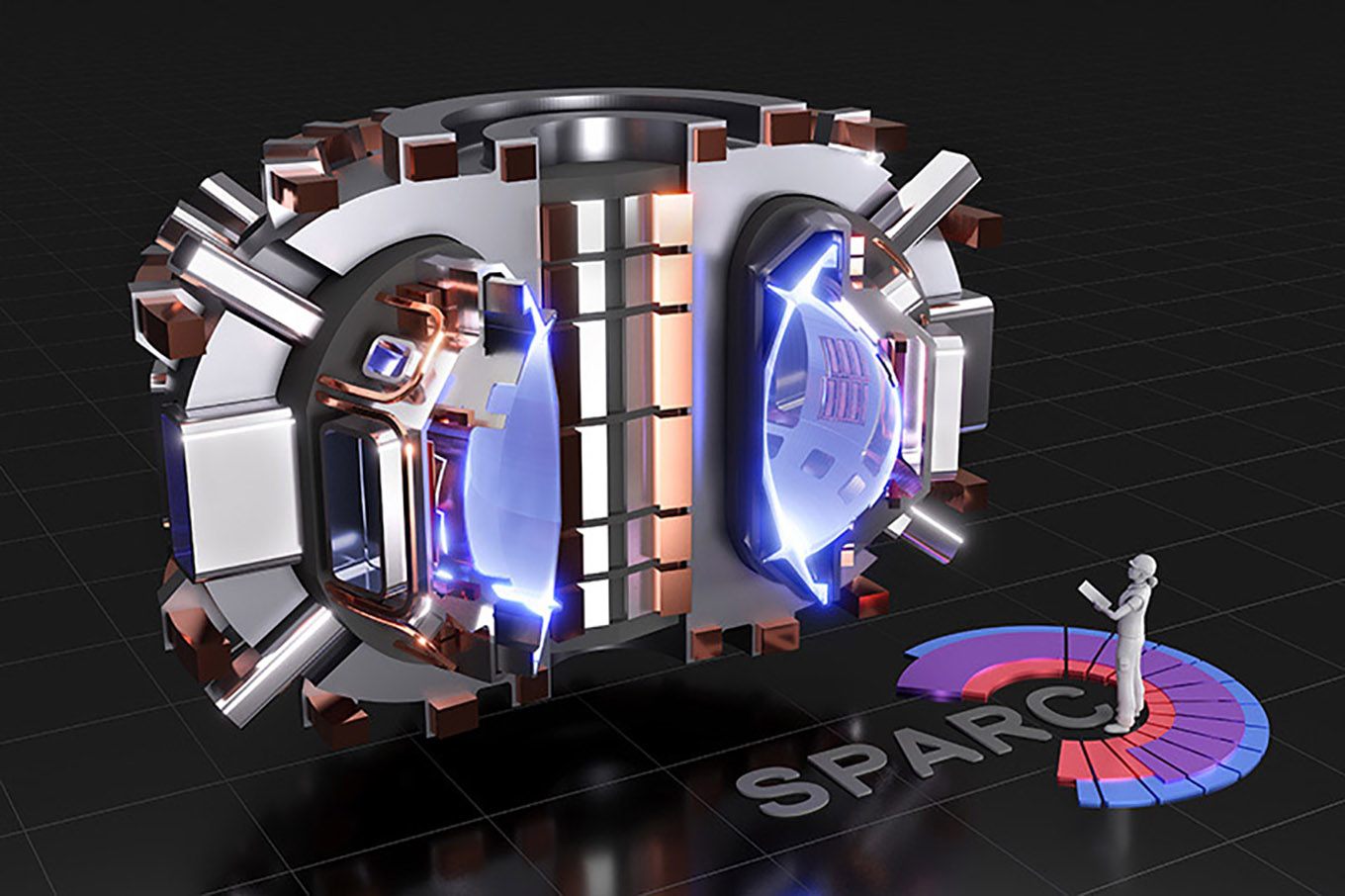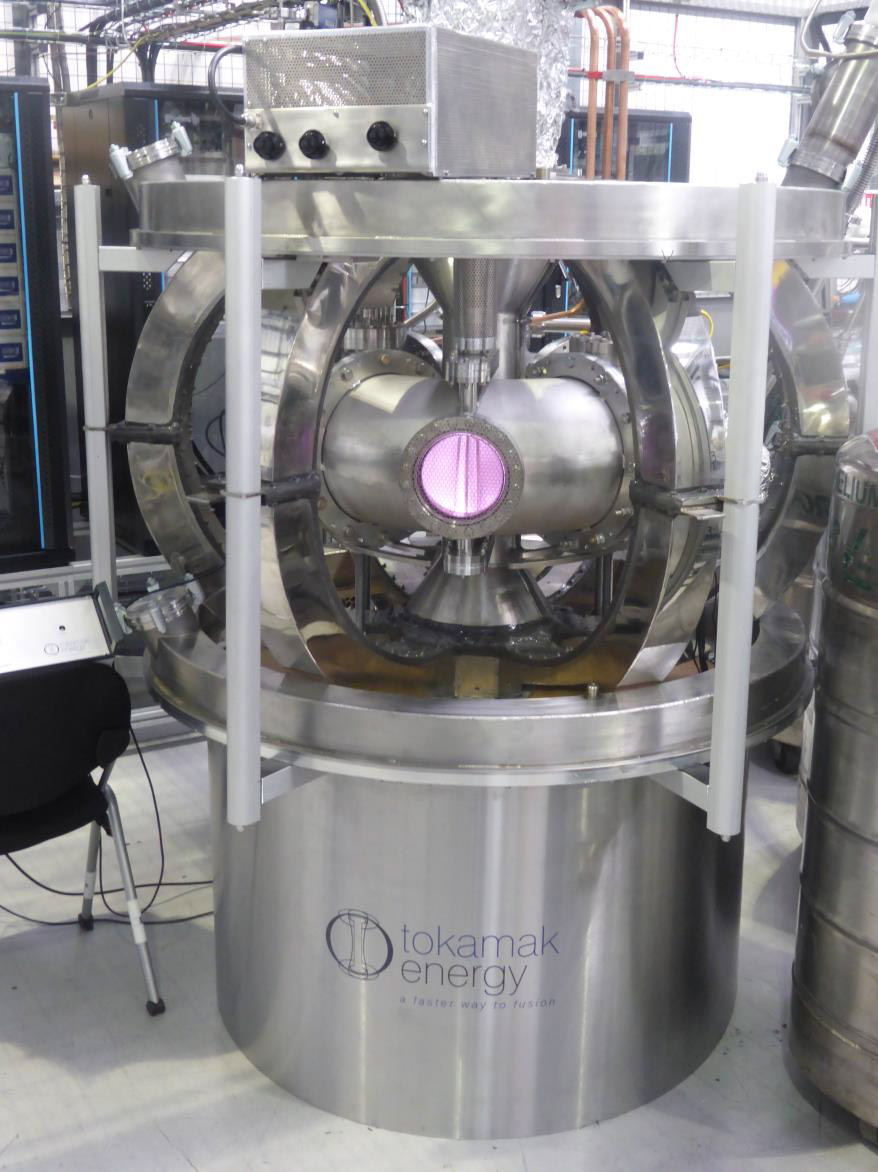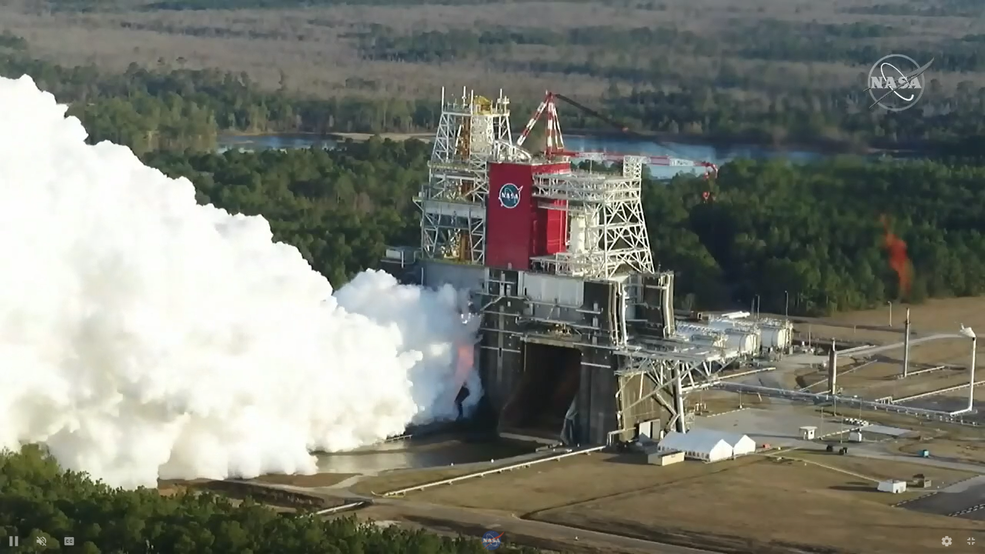Nuclear techniques help Pakistan's textile industry

IAEA support, including trainings, workshops and fellowships as well as practical lectures such as this one in Pakistan, have contributed to building the national capacity in cotton breeding techniques. (Photo: L. Jankuloski/Joint FAO/IAEA)
In a story published last week, the International Atomic Energy Agency described a partnership with the Food and Agriculture Organization of the United Nations working with local experts in Pakistan to develop and introduce new varieties of cotton that are more resilient and better adapted to the increasingly negative effects of climate change. The new varieties are developed through mutation breeding techniques, wherein seeds, cuttings, or tissue-culture material is exposed to radiation or other mutagen sources, like an X-ray or gamma ray source.






 Five former chairmen of the U.S. Nuclear Regulatory Commission—Stephen Burns, Allison Macfarlane, Nils Diaz, Richard Meserve, and Dale Klein—
Five former chairmen of the U.S. Nuclear Regulatory Commission—Stephen Burns, Allison Macfarlane, Nils Diaz, Richard Meserve, and Dale Klein—


